
1/6
3 exercises for the calf muscles that may help prevent heart blockage
When we say calf muscle exercises, we automatically think of walking or running to tone them. However, a lot of people don't know that calf muscles are also called “second heart", since they help pump blood back to the heart, and improve circulation. While exercise in general is great for your heart, however, do you know that some specific calf muscle exercises can even prevent heart blockage? (that would inevitably lead to a heart attack) Here are 3 such exercises you should include in your exercise regime...
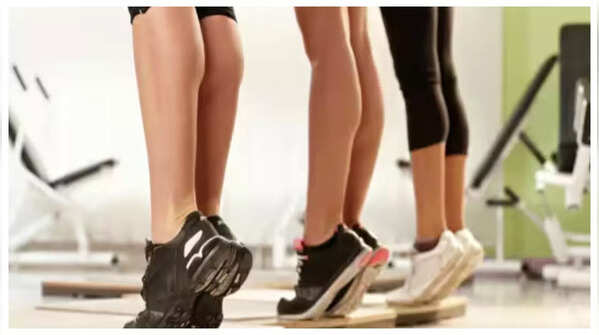
2/6
What are calf exercises?
Calf muscle exercises focus on strengthening the gastrocnemius and soleus muscles located at the back of your lower legs. These muscles act like a pump, pushing blood from your legs back up to your heart against gravity. When these muscles contract and relax regularly, they improve blood flow, reduce blood pooling in the legs, and help prevent conditions like deep vein thrombosis (DVT) and chronic venous insufficiency.

3/6
Calf Raises
Calf raises are one of the simplest and most effective exercises to strengthen your calf muscles.
How to do it: Stand with your feet shoulder-width apart. Slowly rise up onto your toes, lifting your heels off the ground as high as possible. Hold for a second, then lower your heels back down gently.
Repetitions: Do 2 to 3 sets of 15 to 20 repetitions.
Benefits: This exercise activates the calf muscles, improving their pumping action and boosting blood flow. It can be done anywhere-while waiting in line or during breaks at work.
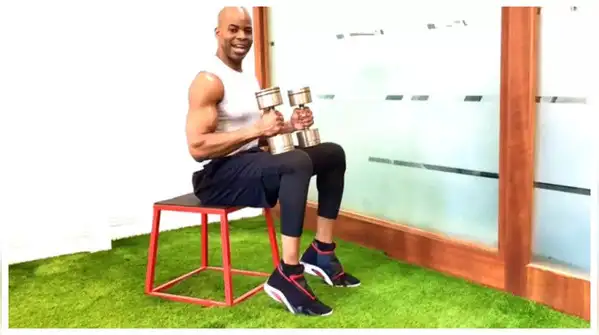
4/6
Seated Calf Raises
Seated calf raises are perfect for those who spend a lot of time sitting but want to keep their calf muscles active.
How to do it: Sit on a chair with your feet flat on the floor. Push your heels away from you by pressing down with the balls of your feet, lifting your heels as high as you can. Then slowly lower your heels back down.
Repetitions: Aim for 2 to 3 sets of 15 to 20 repetitions.
Benefits: This exercise helps maintain calf muscle strength and improves circulation even when you are seated, reducing the risk of blood pooling and clot formation.

5/6
Walking or Jogging
Walking and jogging naturally engage your calf muscles and improve cardiovascular health.
How to do it: Aim for at least 30 minutes of brisk walking or light jogging most days of the week.
Benefits: These activities cause repetitive contraction and relaxation of the calf muscles, which enhances blood flow, lowers blood pressure, and improves heart function. They also help maintain healthy weight and cholesterol levels, further protecting your heart.

6/6
How calf exercises help your heart
Calf muscles act as a powerful pump that helps return blood to the heart. When these muscles are strong and active, they prevent blood from pooling in the legs, which can cause clots and increase the risk of heart blockages. Regular calf exercises improve circulation, reduce blood pressure, and hence strengthen your heart.
Follow Us On Social Media

 7 hours ago
34
7 hours ago
34





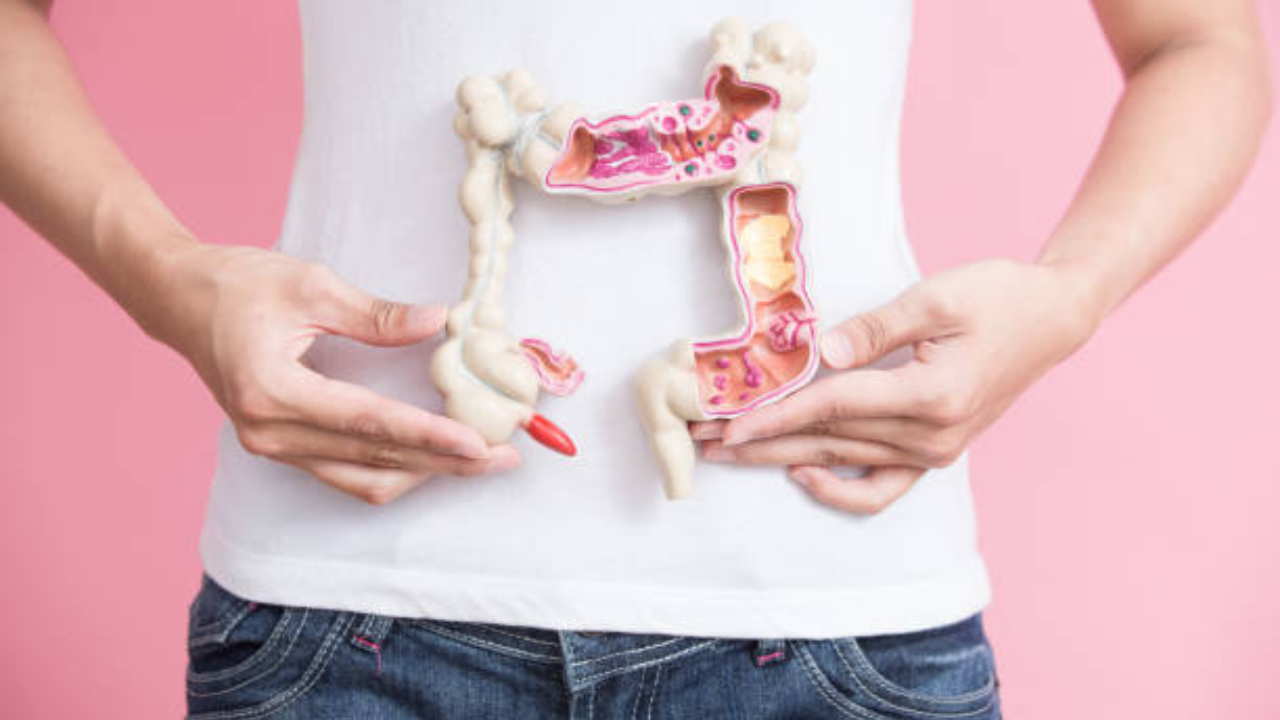

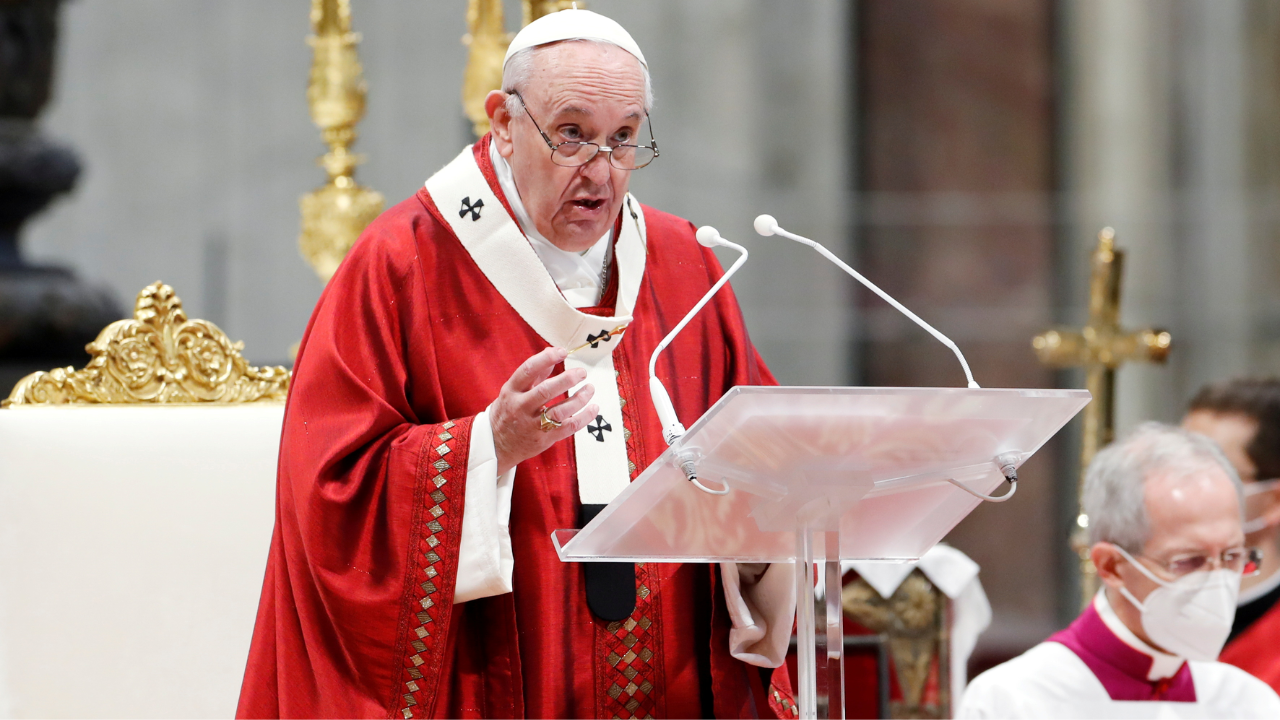



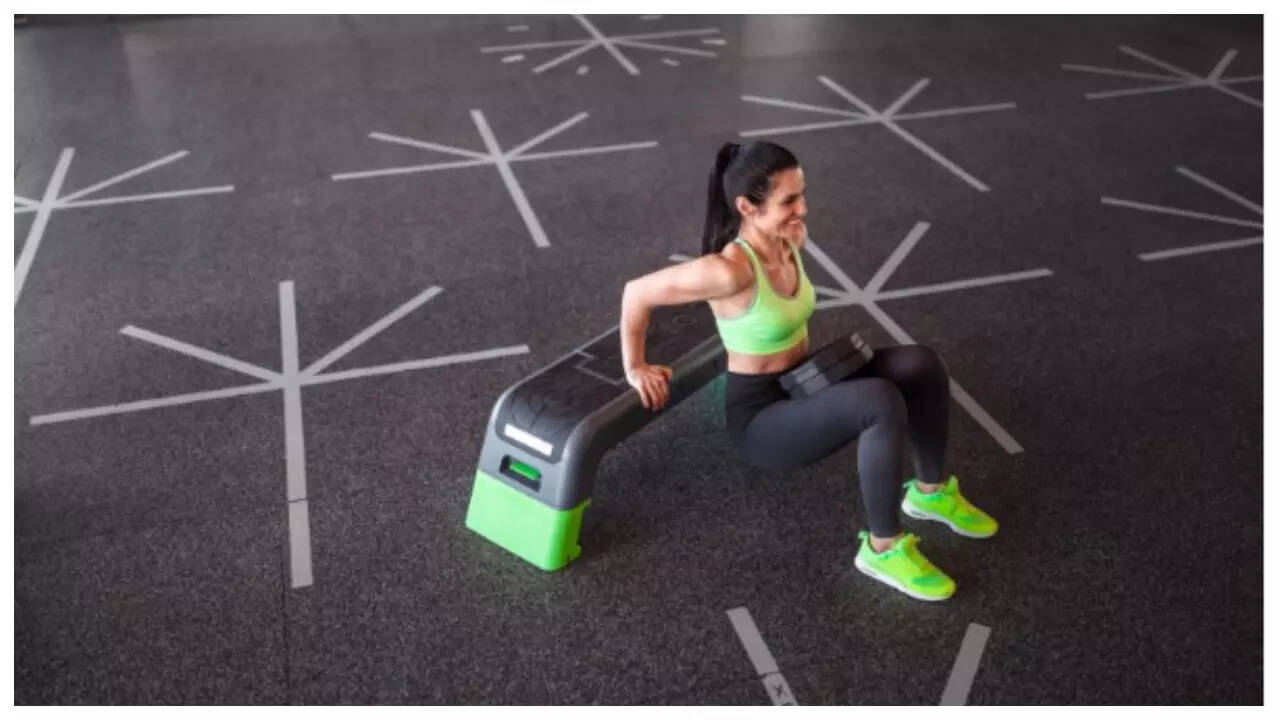
















 English (US)
English (US)